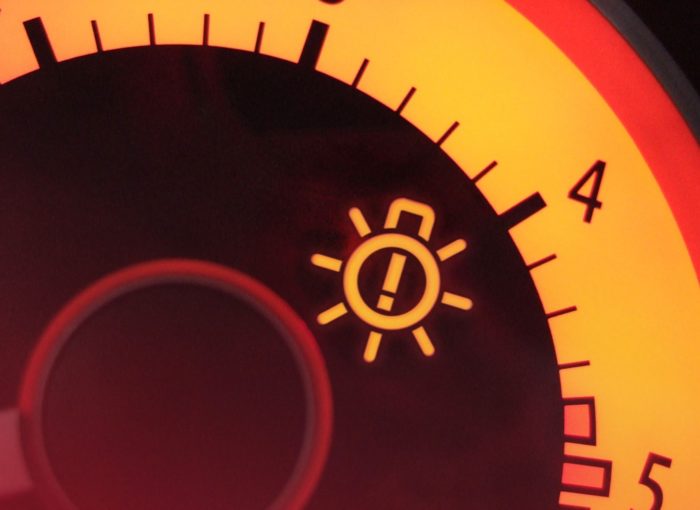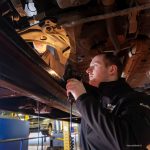The MOT test is an annual roadworthiness check for cars that are three years and older. Government registered inspectors scrutinise the parts of the car that focus on road safety and pollution.
Much of it isn’t rocket science and neither do you need to be a trained technician in order to check many of the procedures involved in the MOT.
Tyres
There’s a more detailed blog on how to look after your tyres here. First thing to check is the tread depth. To be legal, this should be at least 1.6mm across the tyre’s tread. If the tread depth is 3mm or lower, consider replacing your tyres.
You should also look for lumps, gashes and cracks in the sidewall of the tyre. Lumps indicate that the internal structure of the tyre has failed. If your tyre has a lump in it, it won’t pass the MOT.
At the bottom of the page there are links to various films produced by tyre company Continental that help you to keep a car safe.
Lights
All the lights must be in working order. Check this by turning them on then walking around the car. Don’t forget the indicators and both main and dipped beam of the headlights. And ask someone else to help with the brake lights and reversing lights. Although cars don’t need to have fog lights, if they do have them, like other lights, they should work as intended and not have cracked lenses.
Wipers
Run your finger along the wiper’s edge. It shouldn’t have nicks or rips in it. And the wiping edge of the blade shouldn’t be coming away from the body either. Check the windscreen washers too. If these are defective they are considered a major fault and will mean an MOT failure.
Glass areas
Testers will look for chips and cracks on the windscreen. How any damage is judged depends on where it is on the windscreen. There’s more information on this here.

Bodywork
Parts of the car that are insecure or close to prescribed areas such as suspension mounting points can be deemed unsafe if they’re rotten or loose.
Other
Of course, there are plenty of areas that testers look at that a non-pro technician can’t accurately gauge such as how the brakes work and whether there’s excessive play in the steering. Equally, without a ramp and mechanical knowledge, it’s pretty difficult to find out if suspension parts are cracked or otherwise defective.
If you have any concerns or doubts about how your car is driving, don’t hesitate to get it checked by a professional.

I’ve been writing about cars and motoring for more than 25 years. My career started on a long-departed classic car weekly magazine called AutoClassic. I’ve since pitched up at Autosport, Auto Express, the News of the World, Sunday Times and most recently the Daily Telegraph. When I’m not writing about cars and motoring, I’m probably doing some kind of sport or working in my garden.





